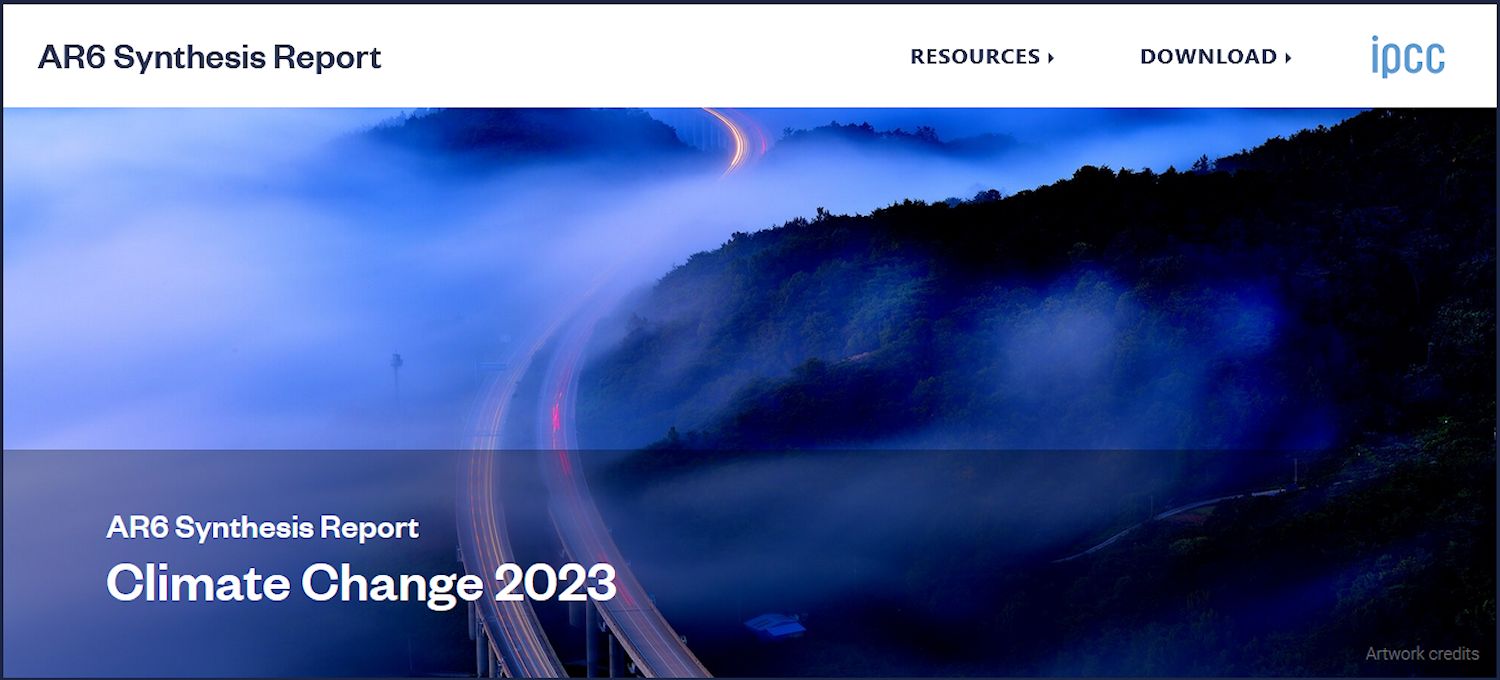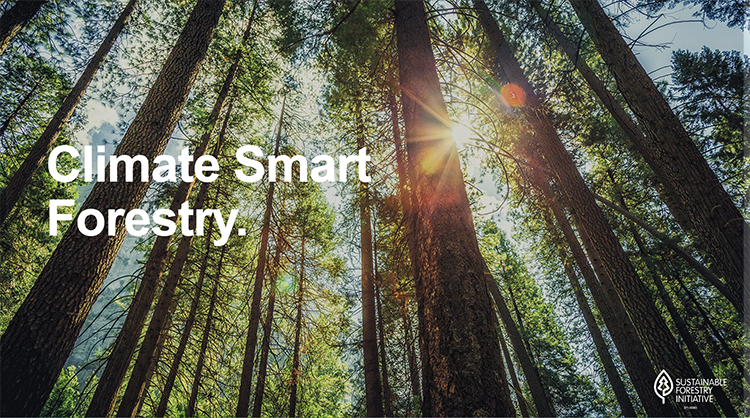“Invest in Our Planet” is the theme of Earth Day 2023. Earthday.org, which coordinates the day’s events around the world, is “focused on engaging the more than 1 billion people, governments, institutions, and businesses who participate in Earth Day to recognize our collective responsibility and to help accelerate the transition to an equitable, prosperous green economy for all.” The organization also asserts that “climate and environmental literacy, coupled with strong civic education, will create jobs, build a green consumer market and allow citizens to engage with their governments in a meaningful way to address the climate crisis.”

The report, which “summarises the state of knowledge of climate change, its widespread impacts and risks, and climate change mitigation and adaptation,” is the product of hundreds of scientists around the world. U.N. Secretary General Antonio Guterres warned the “climate time bomb is ticking” and urged developed nations to “immediately [hit] the fast-forward button on their net zero deadlines to get to global net zero by 2050.”
The IPCC report cites sustainable forestry as having the potential to play a positive role in several ways that align closely with The Sustainable Forestry Initiative’s (SFI) work in forest certification, conservation, education, and supporting strong, vibrant communities. Here are a few brief excerpts from the report (emphasis added):
- Many agriculture, forestry, and other land use (AFOLU) options provide adaptation and mitigation benefits that could be upscaled in the near-term across most regions. Conservation, improved management, and restoration of forests and other ecosystems offer the largest share of economic mitigation potential, with reduced deforestation in tropical regions having the highest total mitigation potential.
- Several mitigation options, notably solar energy, wind energy, electrification of urban systems, urban green infrastructure, energy efficiency, demand-side management, improved forest- and crop/grassland management, and reduced food waste and loss, are technically viable, are becoming increasingly cost effective and are generally supported by the public.
- There are potential synergies between sustainable development and, for instance, energy efficiency and renewable energy. Similarly, depending on the context, biological CDR [carbon dioxide removal] methods like reforestation, improved forest management, soil carbon sequestration … can enhance biodiversity and ecosystem functions, employment and local livelihoods.
Improved forest management (IFM) involves management activities that increase carbon stocks on forested land relative to baseline levels of carbon stocks. An AR6 chapter on AFOLU noted that “Improved sustainable forest management of already managed forests can lead to higher forest carbon stocks, better quality of produced wood, continuously produce wood while maintaining and enhancing the forest carbon stock, and can also partially prevent and counteract the impacts of disturbances.”
Widely accepted IFM practices include:
- Increasing the overall age of the forest by increasing rotation ages;
- Increasing forest productivity by thinning diseased and suppressed trees;
- Managing competing brush and short-lived forest species;
- Increasing the stocking of trees on understocked areas; and/or
- Maintaining stocks at a high level.
See the IFM techniques listed in California’s forest carbon offset protocol, part of the state’s regulatory approach to reducing carbon dioxide and other greenhouse gas emissions.
“In outlining the threats posed by continued GHG emissions, the IPCC also highlights the important role of sustainable forest management in adapting to and mitigating climate change,” said Darren Sleep, Lead Scientist at SFI. “And it reported that long-lived forest products made from sustainably managed forests sequester significant amounts of atmospheric carbon dioxide and store it for long periods. What’s more, using wood products helps avoid the GHGs emitted from nonrenewable products such as concrete and steel.”

The SFI Forest Management Standard includes a Climate Smart Forestry objective that requires certified organizations to address climate change on their lands and in their operations by identifying and addressing climate change risks, developing adaptation objectives and strategies to address those risks, and identifying and addressing mitigation opportunities in forest operations. Under the SFI Fiber Sourcing Standard, SFI-certified organizations must invest in research, science, and technology such as climate-change adaptation and mitigation, and work to broaden the awareness of climate-change impacts on forests, wildlife, and biological diversity.
AR6 also cites these IFM and related activities as important mitigation and adaptation approaches:
- Several mitigation options, notably solar energy, wind energy, electrification of urban systems, urban green infrastructure, energy efficiency, demand-side management, improved forest- and crop/grassland management, and reduced food waste and loss, are technically viable, are becoming increasingly cost effective, and are generally supported by the public.
- Ecosystem-based adaptation approaches such as urban greening, restoration of wetlands and upstream forest ecosystems have been effective in reducing flood risks and urban heat (high confidence).
The SFI Urban and Community Forest Sustainability Standard, for application in North America and potentially globally, incorporates these and other mitigation and adaptation approaches. The standard, to be released later this year, is being developed collaboratively with five urban forestry leaders: the Arbor Day Foundation, Tree Canada, the International Society of Arboriculture, the Society of Municipal Arborists, and American Forests.
- Cooperation, and inclusive decision making, with Indigenous Peoples and local communities, as well as recognition of inherent rights of Indigenous Peoples, is integral to successful adaptation and mitigation across forests and other ecosystems (high confidence).
One of SFI’s core principles is to actively engage and align with Indigenous communities in forest-focused collaborations. Forty Indigenous communities are currently certified to the SFI Forest Management Standard. SFI has also developed the SFI Small-Scale Module for Indigenous Peoples and Families and invested in numerous Indigenous–led community forest stewardship and conservation projects. Through these and other efforts, SFI seeks to assist Indigenous communities as they work to mitigate and adapt to climate-change impacts.
The IPCC was formed in 1988. It issued its First Assessment Report in 1990; the Seventh Assessment Report, AR7, is scheduled for publication in 2028.
